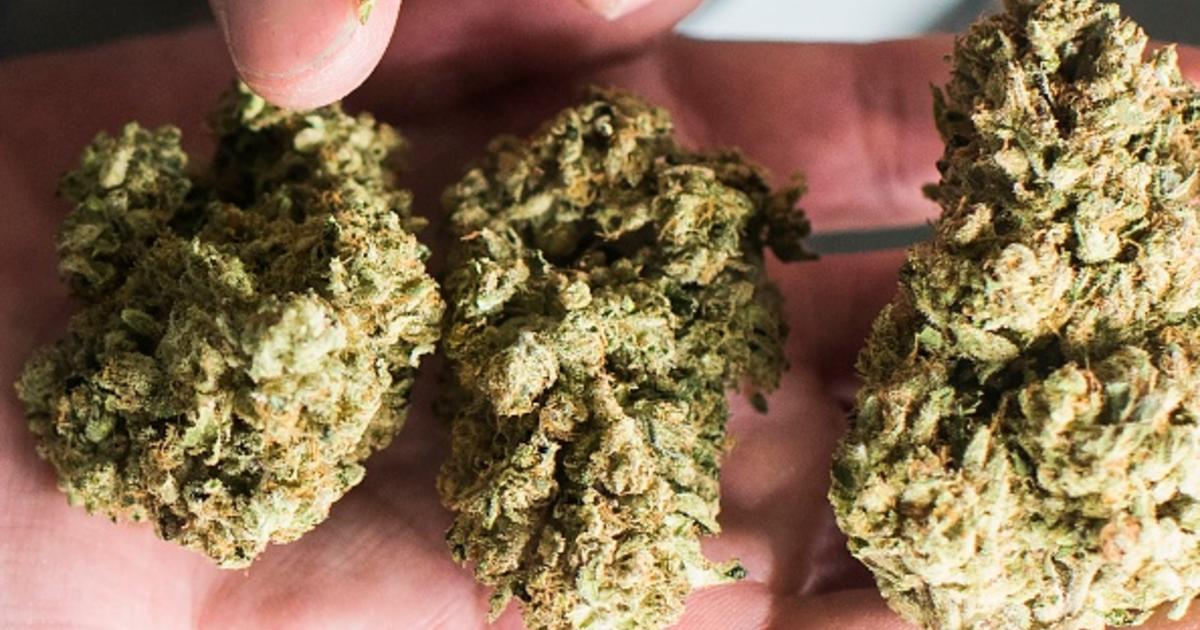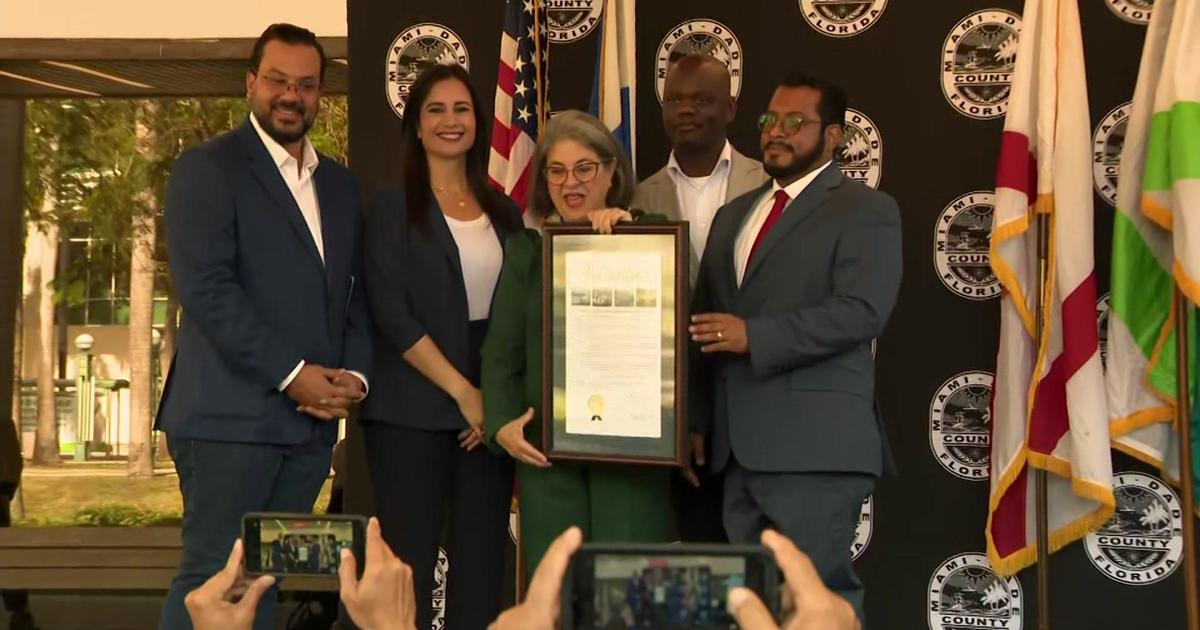Politicians, Locals Work To Restore Everglades Ecosystem
Follow CBSMIAMI.COM: Facebook | Twitter
MIAMI (CBSMiami) -- There really is no other place like this on Earth – the Everglades. It's home to dense mangrove forests and massive "savannahs of sawgrass."
A bird's eye view is really the only way to really appreciate the scale and scope and, some of the rare bird species that call the Everglades home are sounding an alarm for the health of America's unique wetlands.
The strangely beautiful 'roseate spoonbill' has raised its young along the Everglades for hundreds, likely thousands, of years. But "the spoonies" are abandoning the Everglades. This roost is hundred of miles North of their traditional nesting area.
The spoonbills need small freshwater pools to feed and those are disappearing from the Glades.
"It's very scary, you know, we see a lot of saltwater intrusion, which is also something that is damaging to the Everglade region, it changes the habitat and makes it less productive," said Jerry Lorenz of Florida's Audubon Society.
Lorenz said it's more than just birds - the entire ecosystem is out of balance.
When asked, "What have we done to the Everglades," Lorenz responded, "Oh, well. Biggest thing we done is drained it."
Lorenz said it was done for "development, agriculture, this was the big land boom, there were people who look at that swamp and said: "What a waste of land, fertile soil, let's drain it."
Freshwater from the Kissimmee River used to flow south into Lake Okeechobee. During the rainy season the overflow would go through the everglades all the way to Florida Bay but development has blocked much of that natural flow.
Lorenz says we've lost about fifty percent of the Everglades due to this but there is hope to salvage the rest.
"The only way to do that is to restore that flow," said Lorenz.
The diversion and disruption of that water are largely responsible for toxic algae blooms in recent years.
Now, nearly 20 years after a major Everglades restoration plan was first agreed upon, the Florida Senate this month finally approved a $1.5 billion dollar reservoir to collect and send some of the overflow back through the Everglades.
"This allows us to restore, somewhat, that connection so that we can provide fresh water ultimately down to Everglades National Park and especially Florida Bay," said Steve Davis a wetlands ecologist with the Everglades Foundation.
"It's recreating the river of grass," said Davis.
Beneath the surface, another danger lurks - sea level rise. More salt water is seeping in. If left unchecked, it could one day taint the drinking water supply for $8 million people in south Florida.
Doctor Tiffany Troxler walked us out to one of her Everglades research projects to show us how salt water is already damaging vital sawgrass plants.
"When we came out there and measured the salt, it was about three times higher than what we thought we would experience here," said Troxler.
She says that makes re-introduction of fresh water all the more important and while many think the Everglades are beyond the tipping point, she remains hopeful.
The reservoir project has a long way to go. Congress has to approve the federal share of funding the project, and then it still has to be built.
Of the some 68 projects proposed in that master Everglades restoration plan, only six are currently under construction.



